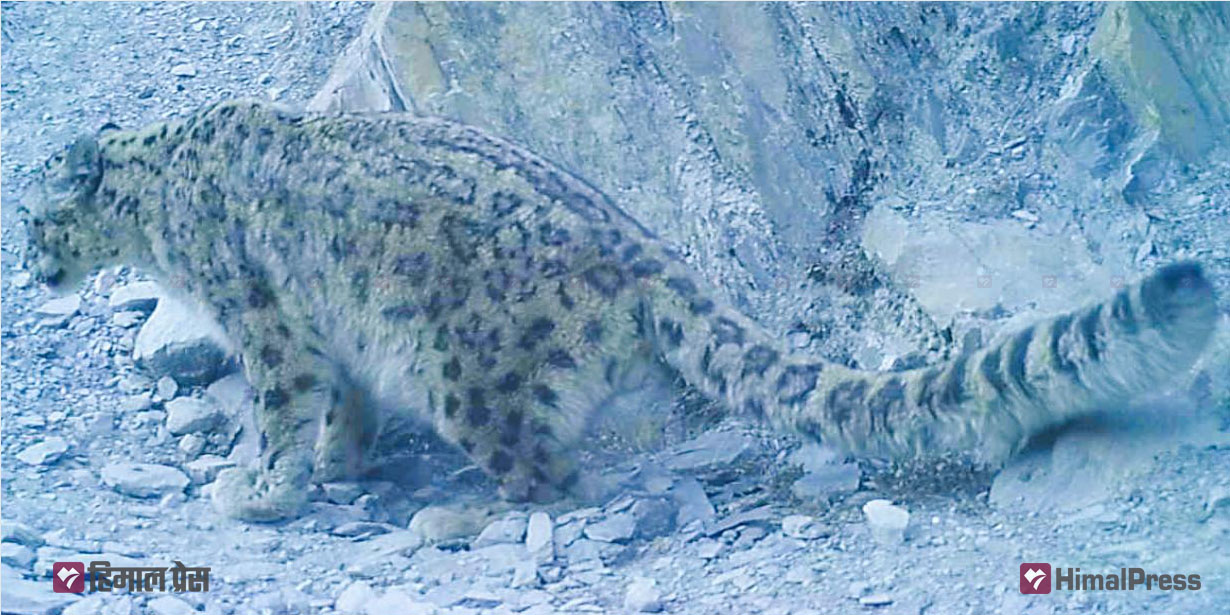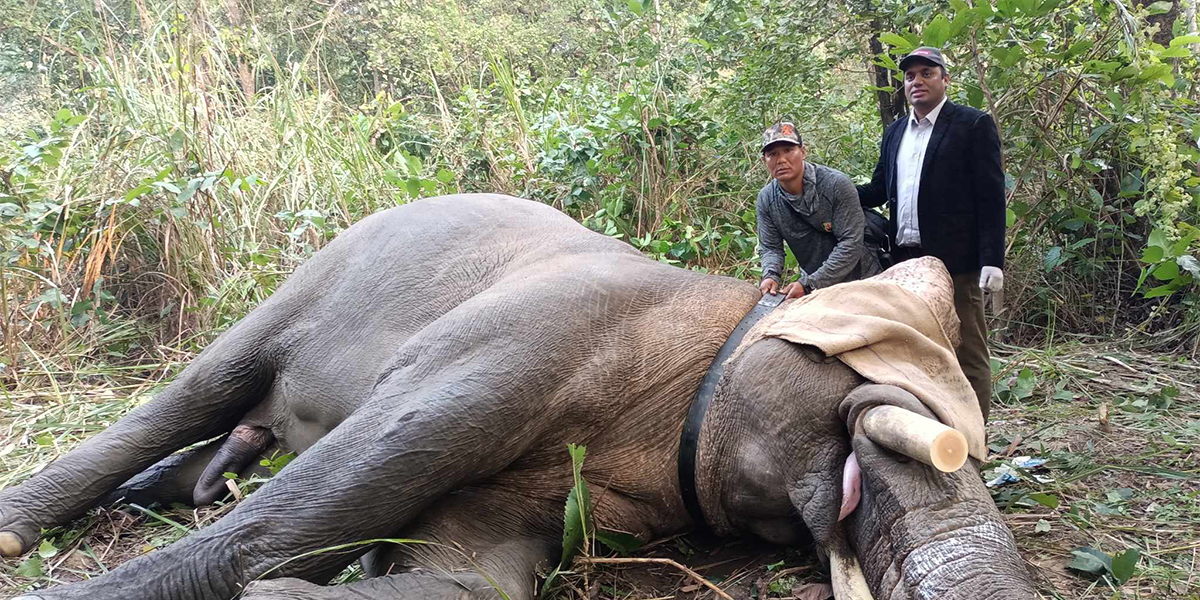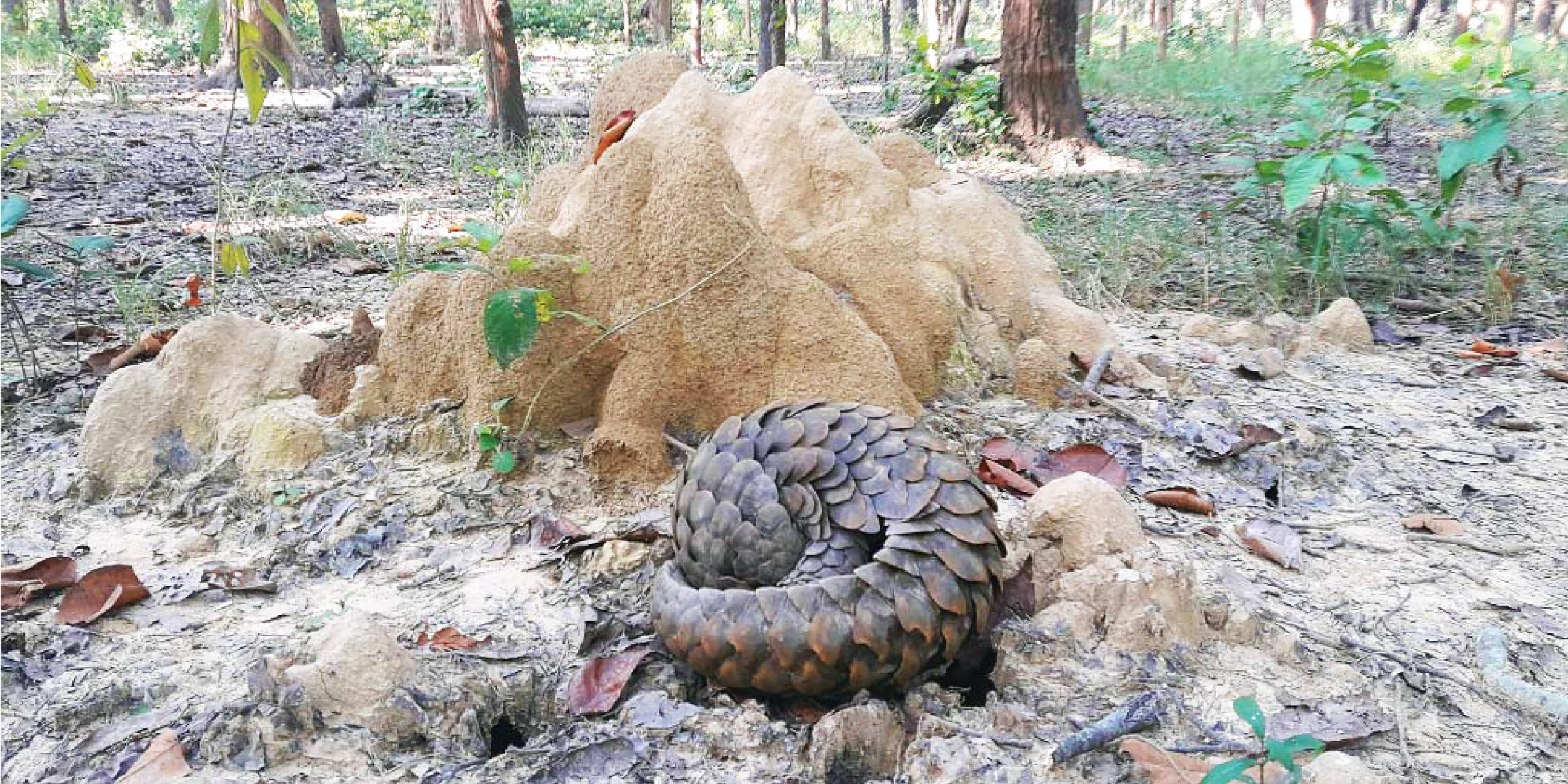 Photo Courtesy: Tulsi Laxmi Suwal (Pangolin Conservation Action Plan)
Photo Courtesy: Tulsi Laxmi Suwal (Pangolin Conservation Action Plan)
KATHMANDU: Pangolins are in grave danger of extinction due to the rise in poaching activities. These scaly-skinned mammals, often mistaken for reptiles, have the ability to roll up into a ball when threatened, exposing their sharp scales to potential predators. However, these elusive creatures are being hunted for their scales and skin, which are highly sought after in the international market.
Nepal is home to two species of pangolins: the Indian pangolin (Manis crassicaudata) and the Chinese pangolin (Manis pentadactyla). According to Dr. Arjun Thapa of the Small Mammals Conservation and Research Foundation, pangolins can be found in areas up to 2,000 meters. “They are primarily found in Sal forests, reed bushes, farmland, grasslands, and forests near water sources. They also burrow in places near human settlements,” he added.
Pangolins are unique mammals of the order Pholidota, which means “scaled animals.” The body of a pangolin is covered by overlapping scales that grow from its skin, except in the mouth, stomach, and limbs. Pangolins have small eyes with dense eyelids.
Both Indian and Chinese pangolins are nocturnal. While they are found throughout Nepal, large numbers can be found in eastern Nepal, particularly in the Chure Hills and the Sal forests north of the Chure Hills in central and eastern Nepal.
Estimates indicate that pangolins are found in 43 districts of Nepal, with their habitat extending over 22,393 square kilometers. However, only 2,940 square kilometers of this habitat lie within protected areas, meaning that a significant portion of the pangolin population is outside of protected areas. According to Thapa, this presents a major conservation challenge for pangolins in Nepal.
Dr. Thapa stated, “There are not many conservation problems in national parks and buffer zones. However, issues arise outside of these protected areas. Although some conservation efforts are taking place in community forests outside of protected areas, they are not being carried out in a systematic manner.”
Incidents of poaching are also more frequent outside of protected areas. Thapa recommends setting aside a special protected area for pangolins, stating, “While it may not be feasible in all locations, it can be done in some areas.”
Poaching main challenge
Poaching is the most significant challenge in pangolin conservation. Pangolin scales are commonly used in traditional Chinese medicine, which has driven the demand for them.
There is a common misconception that pangolin scales possess aphrodisiac properties, and they are also used in the preparation of beauty products.
Dr. Thapa has noted an increase in pangolin poaching for meat and skin in recent years. “Poaching is the biggest threat to pangolin conservation, as the animal is hunted for its meat and medicinal properties. People often kill this animal due to superstitions,” he added.
Nepal has been both a source and transit point for the smuggling of pangolin scales to Tibet in China. Conservationist Kumar Poudel said pangolin smuggling is on the rise in South Asia. “There is a lack of data on pangolin trafficking because not everything is reported. But the situation is alarming,” he said. “Poaching is on the rise.”

According to the National Parks and Wildlife Conservation Act, anyone caught poaching or trafficking pangolins, as well as selling their scales, may be fined up to Rs 500,000, receive a prison sentence of one to ten years, or both.
Habitat management presents another challenge to pangolin conservation. Pangolin habitats are being destroyed due to human encroachment, and pangolin burrows are being damaged.
According to pangolin researcher Pratibha Kaspal, the Chinese pangolin is at risk of becoming extinct in the coming years if its habitat is not protected. “We have observed a decline in the number of burrows in recent years, indicating that the population of Chinese pangolins is decreasing,” she added.
Habitat encroachment, climate change, infrastructure development in forest areas, and the use of pesticides in crops are additional challenges in pangolin conservation. Pesticides can pose a significant risk to pangolins, as they may consume insects that have been exposed to these chemicals and may ultimately die as a result.
Plans are implemented, but not evaluated
The Department of National Parks and Wildlife Conservation (DNPWC) has developed a five-year plan (2018-2022) to conserve pangolins. According to the plan, Indian pangolins are found in seven districts, while Chinese pangolins are found in 25 districts. In another 14 districts, it is estimated that either one or both species of pangolins are present. Chinese pangolins are found in various locations, including Bhaktapur, Chitwan, Baglung, Kavre, Kathmandu, Sankhuwasabha, Ramechhap, Bardia, and others. Similarly, Indian pangolins are found in Kanchanpur, Chitwan, Parsa, Bara, Surkhet, Banke, and Bardia. Both or one species of pangolins can be found in other districts such as Dadeldhura, Salyan, Dhanusha, Kaski, Tanahun, Rasuwa, Nuwakot, and Udaypur.
Numerous programs have been implemented for pangolin conservation, ranging from controlling poaching to improving habitat. A budget of Rs 111.65 million was allocated for the action plan, but according to Dr. Thapa, there has been no monitoring or follow-up to assess the effectiveness of the plan.
“Without monitoring, we cannot determine whether our efforts are effective,” he said. However, Dr. Thapa noted that the action plan has been successful in controlling the illegal trade of pangolins.
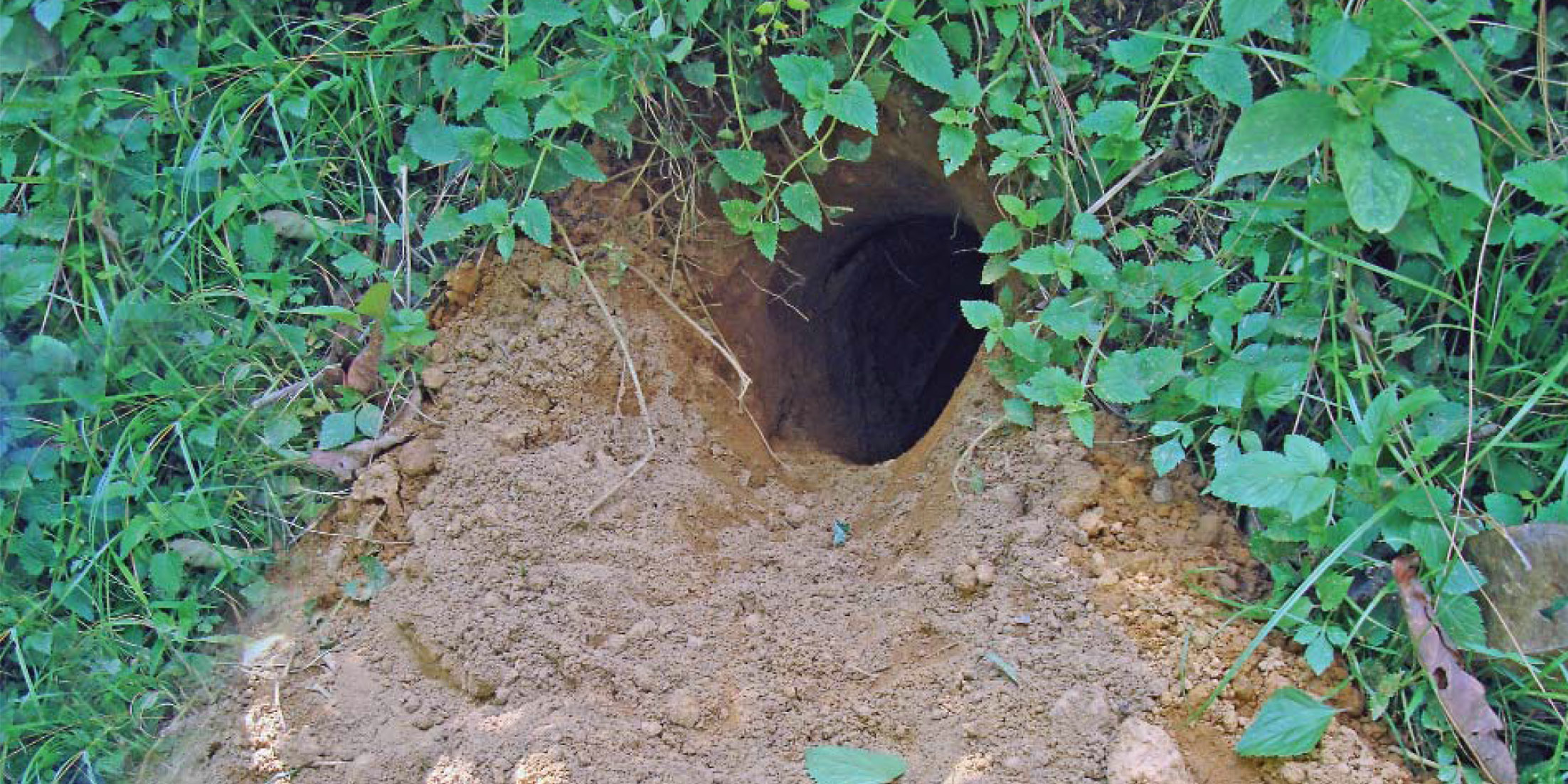
Conservationist Poudel also emphasized the importance of evaluating the programs implemented under the action plan. “The action plan alone isn’t enough for effective conservation. We need to evaluate the programs and learn from them,” he added.
Dr. Ganesh Pant, the information officer of DNPWC, stated that preparations were underway for the evaluation of the action plan. “Various works have been carried out as per the pangolin conservation action plan, and we are preparing to evaluate their effectiveness,” he added.
Lack of Study
There has not been sufficient study and research on pangolin conservation in Nepal. Neither the government agencies nor the conservation organizations have exact data on pangolin populations in Nepal, according to Dr. Thapa.
“The fact is pangolin numbers are on the decline,” Dr. Thapa added.
Dr. Pant of DNPWC also said that there is a lack of data on pangolin populations in the country. “There have been small studies, but a detailed study has yet to happen,” he said. “This is because of a lack of resources as well as priority.”
Associate Professor Chandramani Aryal added that there is a lack of detailed information and study on pangolin conservation, despite the topic being included in the curriculum. “There is some information available, but it is not detailed enough to provide a comprehensive understanding of the issue,” he said.
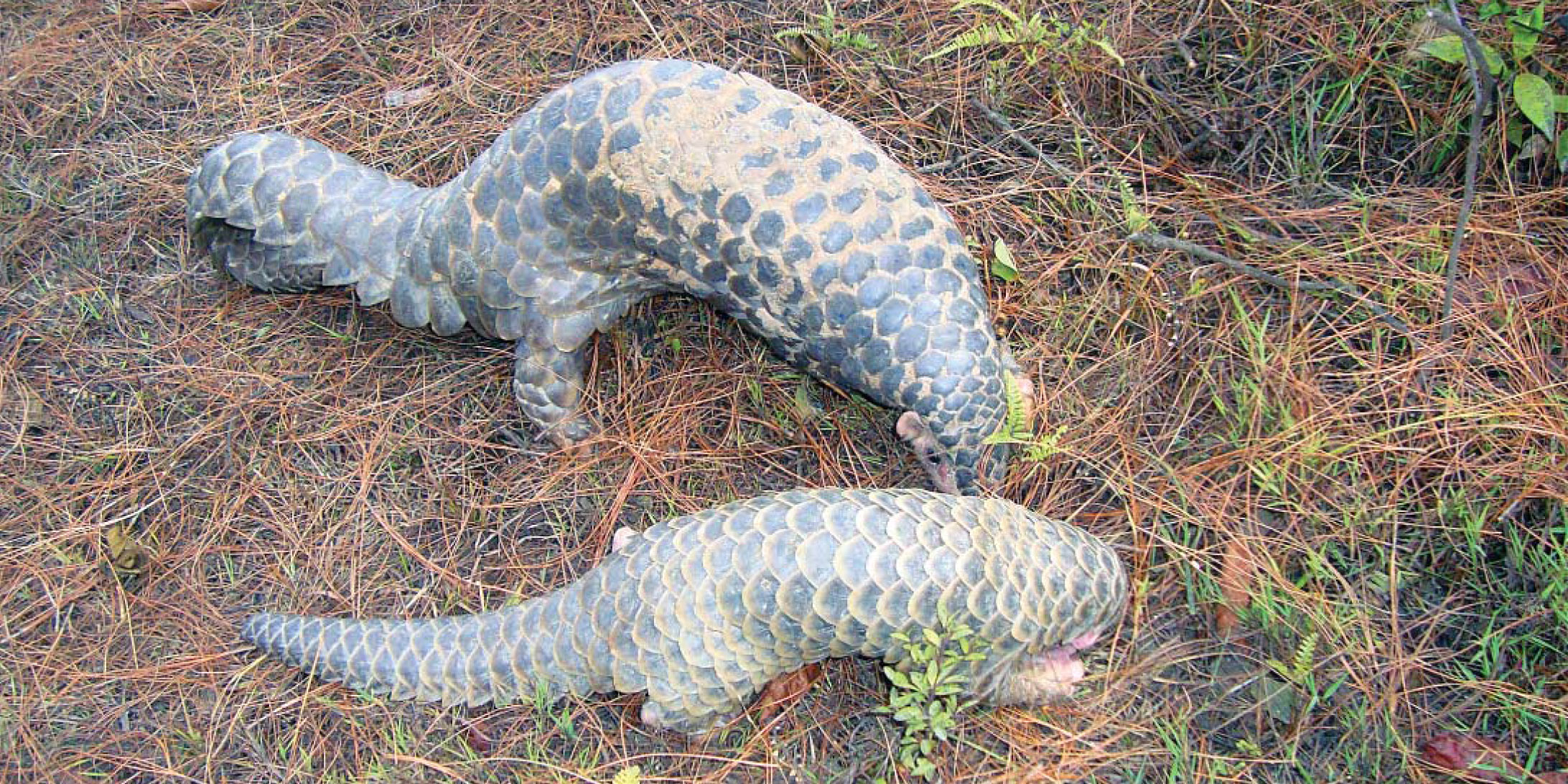
What next in conservation efforts?
Conservation workers report that pangolins consume a minimum of 70 million insects per year, with ants and termites being their main food source. By eating these insects, pangolins help protect crops and make soil more fertile, thus benefiting farmers and the environment. Despite their crucial role in maintaining biodiversity, it is challenging to raise public awareness about the importance of pangolins.
“Awareness campaigns on pangolins have been organized for students and locals in Kavre and Makwanpur, among other districts. However, they need to be more effective,” Aryal added. “Conservation efforts should be linked with people’s livelihood to make them more impactful.”
Aryal suggests that local communities should be encouraged to report pangolin poaching and smuggling to the police and forest officials. Furthermore, Poudel recommends that pangolin conservation should be streamlined in the same way as big mammals.
“Some say strong laws can help in conservation, but this alone is not enough,” he said. “We need to have all the information about pangolins and make a conservation plan accordingly.”
The third Saturday of February is celebrated worldwide as Pangolin Conservation Day.


